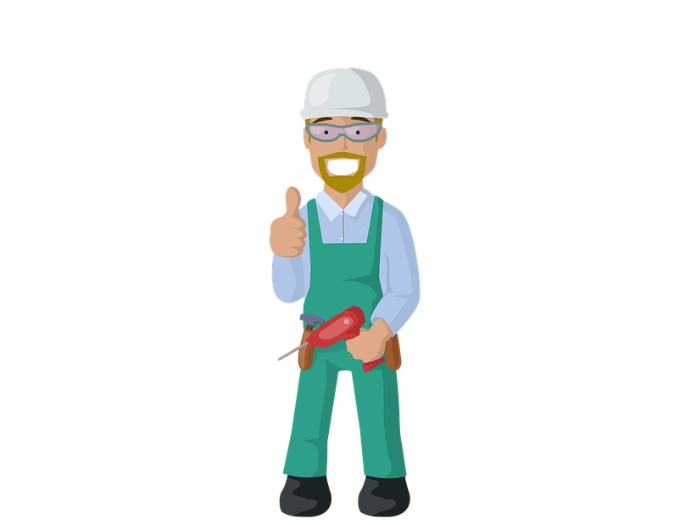Reliable insulation is critical for the comfortability of a household. The best insulation will keep a home cooler through the extreme of summer heat and maintain warmth when the winter becomes frigid.
When the home’s insulation starts to deteriorate, keeping the house drafty and causing energy costs to rise, injection foam insulation could supplement the existing product.
The injection foam is affordable, energy-efficient, and doesn’t require breaking into the wall. Reputable companies like Cincinnati Retrofoam offer the insulation; please visit https://771foam.com/ to learn about the product and the company.
Businesses like these can consult with homeowners to explain the process and inspect the property to help prospective clients decide if the foam is suited for their needs. Let’s learn more about injection foam insulation.
The Fundamentals of Injection Foam Insulation
Injection foam insulation is unlike spray foam in that it expands at a much slower pace, allowing it to fill in cavities and other hard-to-reach areas. The material has a “shaving cream-like” consistency, with the insulation injected through a tiny hole in the wall that will fill up all the empty spaces between pipes and wires.
With minimal to no expansion, the foam fills spaces without causing pressure that would create damage. It’s a favored choice for older houses as a replacement insulation. If cellulose or comparable materials were used previously, these would need to be removed as much as the contractor is able prior to adding the foam.
Advantages and Downsides of Injection Foam Insulation
The R-value of this foam insulation provided by trusted companies like Cincinnati RetroFoam is high at between “R4 and 5 per inch – varying with the cavity size.” This product offers exceptional protection from gaps where air can pass through, or a drafty household is created.
With common insulation types like fiberglass and cellulose, the material settles, which means less protection as time passes. Injection foam keeps its form as long as the structure is standing without shrinking or sagging away from the walls.
With the strength of this barrier, it’s effective at preventing drafts or allowing the home’s heating/cooling to escape through various cracks and crevices like outlets. In that same vein, the insulation will:
- Block dampness decreasing the possibility of mold
- Decrease noise coming in from outdoors
- Helps to minimize smoke/fire spreading
- Air quality is improved since allergens are blocked
With greater energy efficiency, utility costs are reduced, ultimately saving money and allowing a good return on the investment.
What’s Different About Injection Foam Insulation from Spray Foam
Injection foam insulation is comparable to spray foam in that each has thermal locking and air sealing aspects. The installation of each and where you can use them are different. Go here for details on how to get spray and injection foam right.
Spray foam consists of “isocyanate and polyol resin.” These react when combined to develop the foam that will fill an area when applied by expanding and then seal by hardening.
This insulation is most often seen with new construction where, after application, the product is typically covered with drywall. With the seal, the structure is protected from “air leaks and thermal transfer.”
Injection foam has minimal, if any, expansion, allowing it to fill tight cavities. It’s suitable for filling hard-to-reach areas and small spaces like between wires and piping. It can be installed from the house’s exterior to avoid the necessity of tearing down drywall or opening walls. There’s minimal mess left for clean-up.
Read Also: How to Handle Insurance Companies After a Car Accident
The material is mixed on-site, usually in a truck with a nozzle connected. The insulation is injected via the house exterior. With vinyl/aluminum siding, a piece will be removed to drill into the stud cavity where the injection foam will be installed.

When the foam hardens, everything is cleaned up, and a styrofoam plug is applied, the siding is replaced. With brick, holes are drilled into the mortar, and the area is then re-mortared. Wood siding that can’t be removed uses wood instead of styrofoam when plugging.
While some installation projects can be handled in a DIY capacity, injection foam insulation should only be installed by an experienced contractor. The work is difficult with specialized equipment and tools needed.
Improper installation can result in coverage failure, but mixing the product incorrectly can produce “off-gassing,” leading to severe health concerns. Learn about injection foam insulation at https://www.ecotelligenthomes.com/what-you-should-know-about-injection-foam-insulation/.
Final Thought
Pros in the injection foam insulation industry, like Cincinnati RetroFoam, are experienced in installing the foam and should be contacted if you decide you want to supplement your existing insulation with the product. It’s not something a homeowner can DIY.
These companies will not only efficiently and effectively add the insulation using quality products and adequate tools and equipment, but the teams will clean up the area, plug the holes, and replace the material to cover the holes.
When all is said and done, you’ll have a newly energy-efficient home, lower utility costs, and be unable to tell if the work was done.
